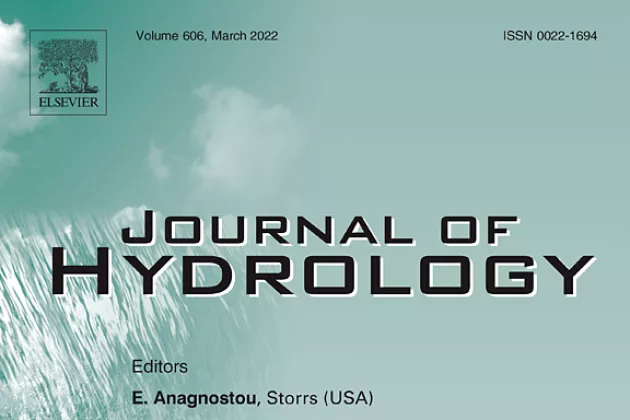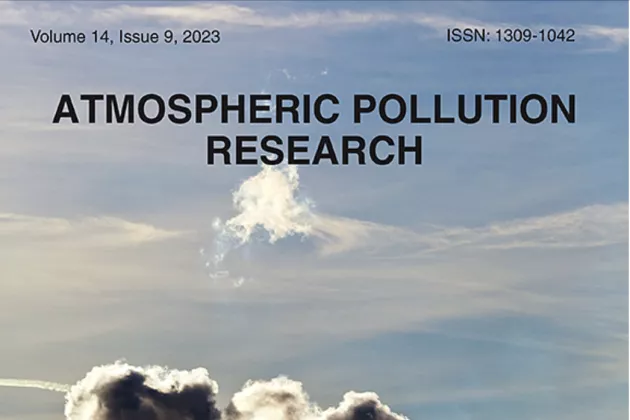The article, "When rain does not run, a fingerprint of uncoordinated water resources development", was published in the Journal of Hydrology. It was co-authored by Ali Torabi Haghighi (University of Oulu), Alireza Sharifi (University of Oulu), Hamid Darabi (University of Helsinki), Mehdi Mazaheri (Tarbiat Modares University), Reza Mohammadpour (Islamic Azad University), Alireza Gohari (Isfahan University of Technology), Mojtaba Noury (Iran Water Resources Management Co), Ali Akbar Hekmatzadeh (Shiraz University of Technology), Anandharuban Panchanathan (University of Oulu), Hossein Hashemi (CMES & Division of Water Resources Engineering), Stefanos Xenaos (CSIRO Environment) and Björn Klöve (University of Oulu).
Abstract
The management of water resources in a basin can be challenging due to the sharing of water resources among multiple stakeholders and conflicting interests. This often results in imbalanced water resource development across the basin. While small and medium-sized projects are efficiently implemented in the headwater and upstream areas, the commissioning of large reservoirs faces delays due to the substantial investment required and regulatory processes involved. Also, the lack of coordination and synchronization in water resource development between upstream and downstream regions can lead to water scarcity and inefficient utilization of resources in the lower part of the basin. In this study, we assess the occurrence of water scarcity by comparing the frequency of hydrological and meteorological droughts before and after the detected abrupt change in river flow. To facilitate this assessment, we introduced two new indices: the positive to negative phases of hydrological and meteorological droughts. These indices highlight the increasing occurrence of hydrological droughts, which may not necessarily be linked to meteorological droughts during the identified periods. Furthermore, we propose a Monotone drought analysis method to examine the correlation between meteorological and hydrological droughts and address the impact of anthropogenic activities. We applied this analysis in the Sefid-Rud basin, the largest sub-basin in the southern Caspian Sea situated in Iran, which hosts several dams and reservoirs while more dams are in the construction and planning phase. The assessment took place in 24 gauges across the basin from 1978 to 2017 to detect and evaluate the alterations in flow regimes. Our analysis revealed that the unbalanced development of upstream water resources, driven by uncoordinated water infrastructure projects implemented by various decision-makers, has resulted in a decline of available water at critical points within the basin, which will be aggravated with the commissioning of new dams.
Keywords: water bankruptcy; water governance; water scarcity; upstream vs downstream development; hydrological drought; metrological drought; resiliency; sustainability





